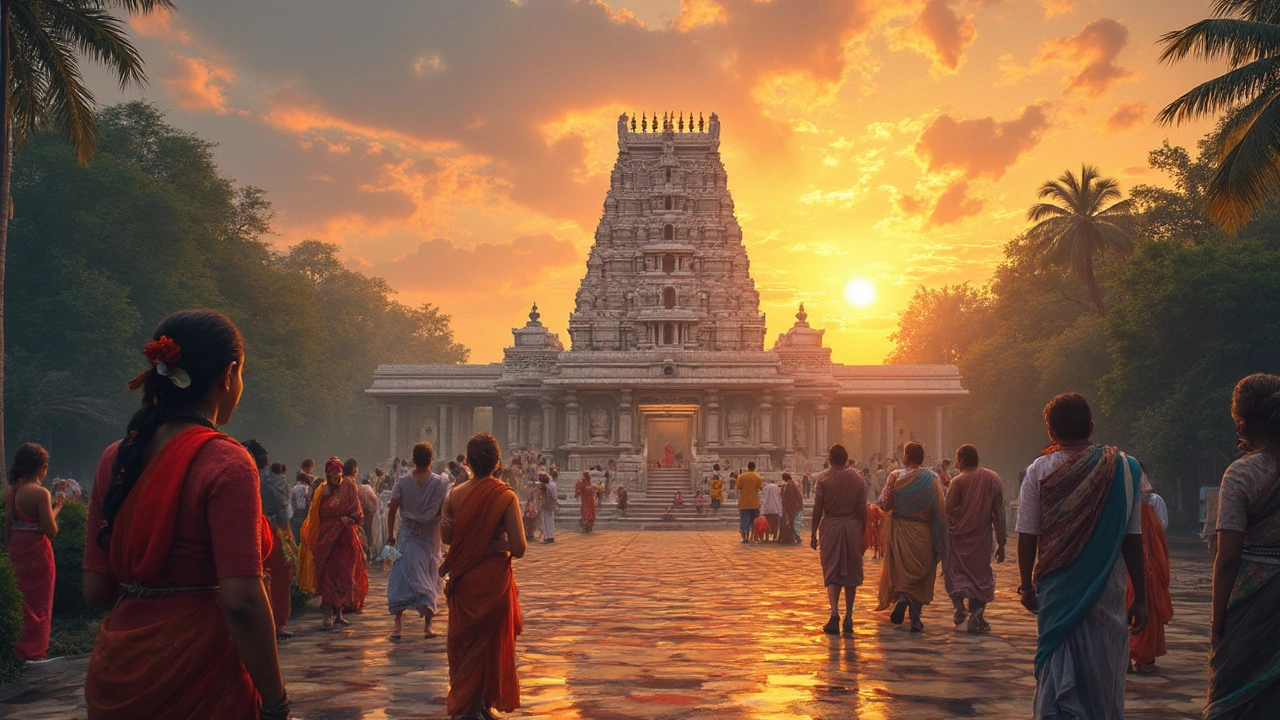Hindu Temples: What to Know Before You Visit
When you step into a Hindu temple, a sacred space where devotion, architecture, and daily ritual come together in India. Also known as mandir, it serves as both a spiritual center and a cultural anchor for millions. These aren’t just buildings—they’re alive with chants, incense, and the rhythm of prayers that have echoed for centuries. Whether you’re visiting the towering spires of Varanasi or the quiet stone courtyards of Tamil Nadu, each temple tells a story shaped by faith, history, and local tradition.
Understanding temple etiquette, the unwritten rules that guide respectful behavior inside Hindu sacred spaces is just as important as knowing where to go. You’ll need to remove your shoes before entering, cover your shoulders and legs, and avoid pointing your feet toward deities. Many temples don’t allow non-Hindus into the inner sanctum, but that doesn’t mean you can’t experience the energy outside—watching the offerings, listening to the bells, or simply sitting quietly in the courtyard gives you a real sense of the place. And if you’re curious about the idols, remember: they’re not statues. They’re seen as living embodiments of the divine, treated with the same care as a guest in your home.
UNESCO World Heritage India, a collection of sites recognized for their outstanding cultural and historical value includes some of the most significant Hindu temples in the world. The Brihadeeswarar Temple in Thanjavur, the Khajuraho group of temples, and the Sun Temple in Konark aren’t just tourist spots—they’re masterpieces of ancient engineering and artistry. These places are protected not just for their beauty, but because they still function as active centers of worship. That’s rare. Most ancient sites around the world are museums. In India, they’re still breathing.
What you’ll find in the posts below are real, practical guides written by people who’ve walked through temple gates, faced confusion, and learned the hard way. You’ll read about what to wear, how to handle offerings, why some temples ban cameras, and how to avoid accidentally offending someone during a ritual. There’s no fluff here—just what you need to know to move through these spaces with respect and confidence. Whether you’re planning your first trip to India or you’ve been before and felt out of place, these posts will help you see Hindu temples not as foreign curiosities, but as living, breathing parts of a culture that still holds them sacred.
